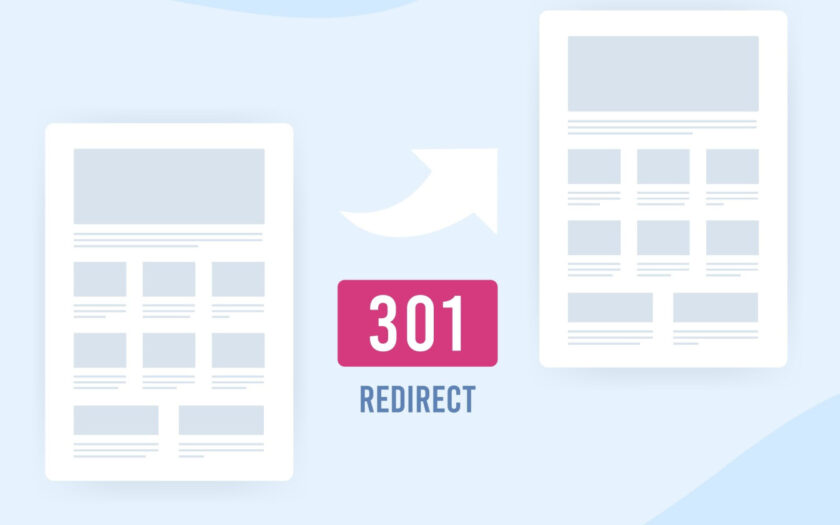Unlike a 301 redirect, a 302 redirect indicates that the original URL will be used again in the future.
When Should You Use 302 Redirects?
A 302 redirect is useful when you need to send visitors to a different page for a short time, without making permanent changes to your website.
You should only use a 302 if you’re planning to bring the old page back eventually.
Here are some common use cases:
Testing or updating a page: If you’re working on a page and need to send visitors to another version temporarily, you can use a 302 redirect until the updates are done.
Running an A/B test: If you want to test two different versions of a page to see which one works better, you can use a 302 redirect alongside an A/B testing tool to send some visitors to a test version of the page, while the rest see the original version.
Temporarily promoting a different page: If you’re running a short-term promotion, you can use a 302 redirect to temporarily send users to a landing page for the promotion.
Maintenance or downtime: If you need to take a page offline for maintenance, you can use a 302 redirect to send users to a different page while and keep the original URL in place for when maintenance is complete.
Seasonal content: If you have content that’s only relevant at certain times of the year (like holiday sales), a 302 redirect can temporarily send visitors to the seasonal page.
How Do 301 And 302 Redirects Impact SEO?
Search engines treat 301 and 302 redirects differently – which is why it’s so important to choose the right one.
When you use a 301, Google transfers the authority, ranking power, and any backlinks associated with the old URL to the new location. This means the new URL inherits the SEO value that the original page built up over time.
Side note: With a 301 redirect, Google will eventually update its index (and, therefore, search results) to reflect the new URL. This usually happens fairly quickly.
When you use a 302 redirect, Google typically does not pass the ranking authority or backlinks from the old URL to the new one. And the original page continues to appear in the search results, since the change is only considered temporary.
Most problems only arise when people use a 301 or 302 redirect in the wrong context.
For example, using a 302 redirect when the change is actually permanent means Google won’t transfer the SEO value to the new URL. This could harm your new page’s ranking potential and limit your search visibility.
Likewise, if you use a 301 redirect for a change that’s only temporary, Google may treat the original page as permanently moved. This can cause it to lose rankings – even after you switch back to the original page.
How To Implement Redirects
According to Google:
“Setting up server side redirects requires access to the server configuration files (for example, the .htaccess file on Apache) or setting the redirect headers with server side scripts (for example, PHP).
You can create both permanent and temporary redirects on the server side.”
If you’re not sure how to do this, you can refer to resources like the Apache .htaccess Tutorial and a URL Rewriting Guide. These guides explain how to manage redirects through your server’s configuration files.
If your server doesn’t run on Apache, you’ll need to contact your host for specific instructions. Hosting platforms that use Nginx or Microsoft IIS will have different methods for setting up redirects.
For WordPress users, several plugins can simplify the process of creating redirects:
Redirection: This plugin allows you to easily manage 301 redirects, track 404 errors, and provides an easy-to-use interface for creating various types of redirects.
Simple 301 Redirects: This plugin focuses exclusively on 301 redirects and is perfect for creating simple, permanent redirects.
Redirects Impact Search Visibility
Understanding the differences between 301 and 302 redirects is crucial for maintaining your website’s SEO and ensuring a smooth user experience.
By choosing the right type of redirect for your needs, you can preserve your site’s ranking power and guide visitors to the correct pages efficiently.
More resources:
Featured Image: BestForBest/Shutterstock
